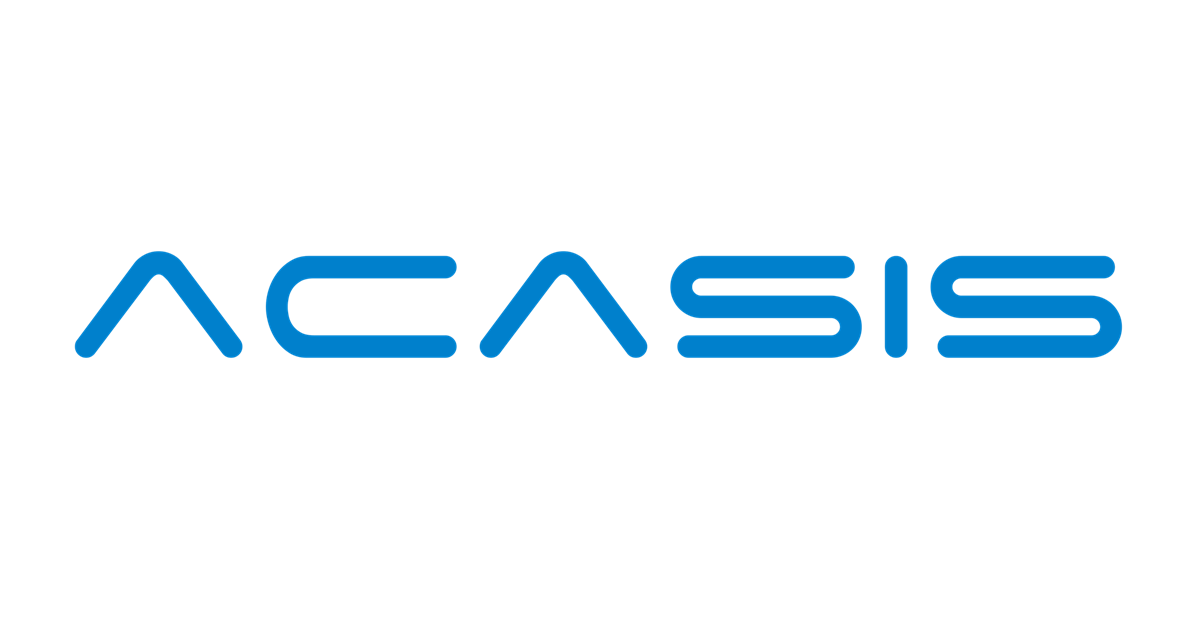Nah, my advise is to stick to Ethernet and resolve the issue. I love having a single Ethernet cable, for control, video, and power per camera, and would NOT consider going back.
Though mixing camera Mfgs and potentially varying video latency is never great... but i get it. For budget reasons, our next NDI PoE PTZ camera not likely to be from same major name brand either.
Are these cameras models that don't support NDI? [type a bunch more, ... then go back and look up that camera SMTAV BA30N... that is NDI, right? so why using RTSP for them?
- though mixing RTSP for older cameras (if required) and NDI for new cameras would be its own issue {typically I'd advise sticking to same protocol... but maybe that won't work in this case?}... and NDI and OBS have their own challenges. I'm happy my PTZ vendor has a VirtualUSB driver that takes NDI video feed and converts to make it appear as local USB webcam... no NDI Tools or other hoop-jumping required to get video into OBS Studio for me]
As I've been saying for years, start with your sources OUTSIDE of OBS (ie OBS Studio not started/running at all)
Sorry, my PTZ camera experience is with an expensive $2K NDI PoE model. so, if my assumptions are incorrect, my apologies in advance
1. Do these have a web interface that you can log into each and confirm each camera is working?
2. I know you said you can control SMTAV BA30N via joystick controller... but that doesn't necessarily mean configured correctly for video output [some controllers have video display for selected camera, others don't.. depends]
3. You should be able to configure a simple viewer on OBS PC (vendor, VLC, or ??) and confirm each camera is sending RTSP stream (if that is your best option) and working individually.
- it may be possible to configure SMTAV cameras to do too much (NDI high compression, and 2 streams). If not using NDI, best to disable that stream (not sure what NDI Preset = Off means SMTAV manual, pg 39?)
- presuming not using audio from cameras, you did disable Audio on them, right? As well as any other protocols, not needed
4. if you disable the 1st 2, older cameras, do the newer SMTAVs video feeds now work in OBS?
... then comes the fun (for us who enjoy a challenge) of getting all four cameras working over network at same time...
- area all 4 cameras and OBS PC plugged into same Ethernet switch?
- have you monitored network switch to make sure it isn't overloaded or having problems (occasionally an issue with low-end (ex tp-link or similar) brands/models), or an ACL or other config causing a bottleneck?
- assuming video confirmed sending on all 4 cameras at same time, how is bandwidth consumption? My NDI camera uses less than 30MB/s for 1080p60. 4 of those and you are getting close to gig network limits (1,000 mb/s = ~128MB/s)
- you can disable extra camera video streams if not in use (or maybe go low-resolution stream for joystick controller?) to save on bandwidth
- if bandwidth and network latency not a problem, and confirmed all 4 video signals reaching Operating System, then time to move onto OBS Studio processing signal
- be sure to monitor hardware resource utilization at Operating System level to make sure PC isn't overloaded
- then there is making sure, if using RTSP for all 4 cameras, which version/dialect of RTSP is in use and find a common denominator for both cameras and OBS Studio. [and sorry, not being a user of RTSP, I can't advise on best approach for this]
- the SMTAV manual references option of RTSP, RTMP, & RTMPS streaming using H.264, H.265, & MJPEG. Make sure your settings match across cameras. Assuming sticking to RTSP *If* all 4 of your cameras support both H.264 & H.265 over RTSP you may want to test with either. H.265 is more computationally intensive to encode at the camera, but sometimes vendors put more QA into newer codec than older ones... so video quality may vary due to diligence on firmware.
well that plenty to get started
